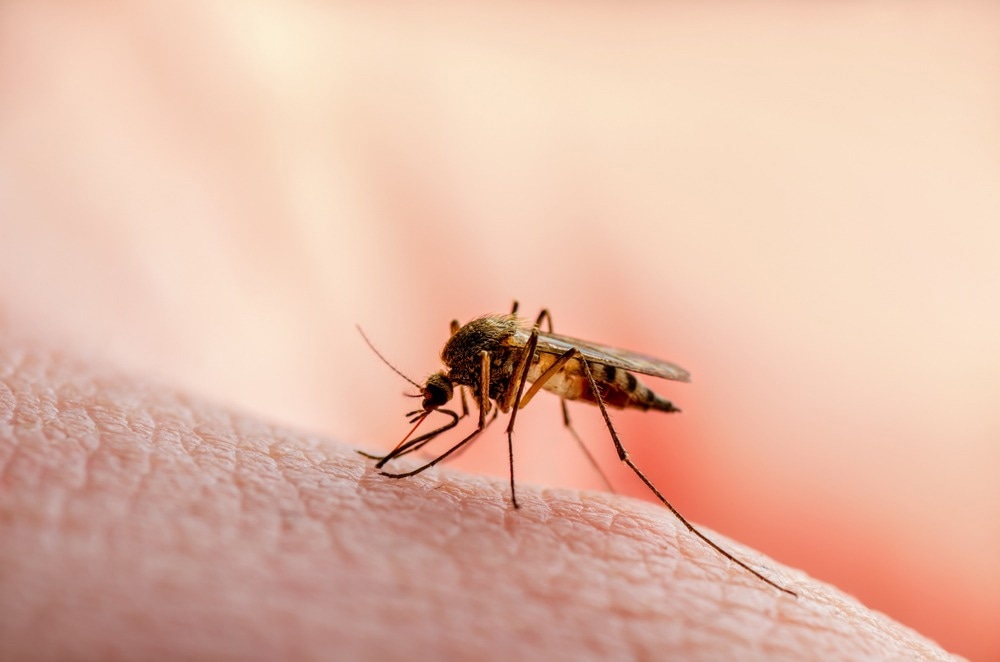A study recently published in PLOS Neglected Tropical Diseases has explored the association between the prevalence of pre-existing parasitic diseases and outcomes of coronavirus disease 2019 (COVID-19) at the national level. The study reveals that countries with a high malaria prevalence have a lower incidence of COVID-19.
 Study: The notable global heterogeneity in the distribution of COVID-19 cases and the association with pre-existing parasitic diseases. Image Credit: nechaevkon/Shutterstock
Study: The notable global heterogeneity in the distribution of COVID-19 cases and the association with pre-existing parasitic diseases. Image Credit: nechaevkon/Shutterstock
Background
The COVID-19 pandemic caused by severe acute respiratory syndrome coronavirus 2 (SARS-CoV-2) has caused unprecedented damage to the global economy and healthcare system. In the early phase of the pandemic, it was anticipated that low-to-middle-income countries would have the highest impact because of poor health policies and a lack of resources and infrastructure.
In contrast to the predictions, a lower incidence and severity of COVID-19 has been observed in socioeconomically deprived countries like sub-Saharan Africa compared to that in economically rich and developed countries like the USA and Europe.
Several hypotheses have been put forward to explain this noticeable difference in COVID-19 outcomes between countries. Several causative factors have been identified, including socio-demographic and geographical factors, the prevalence of comorbidities, climatic conditions, as well as the possibility of underreporting.
In the current study, scientists have investigated whether the prevalence of neglected tropical diseases can impact the outcomes of COVID-19. Neglected tropical diseases primarily include parasite infections that are highly prevalent in socioeconomically deprived countries.
Study design
The scientists conducted an ecological study using publicly available country-level data to identify the association between parasitic disease prevalence and COVID-19 incidence rates. They considered various demographic, socioeconomic, and geographic confounding factors and adjusted their effects on the possible association.
Of various human-infecting parasites, only Schistosoma spp., soil-transmitted helminthiases, and Plasmodium spp. were considered in the study.
Given the severity of COVID-19 in people with pre-existing health conditions, the prevalence and mortality rates of non-communicable diseases were considered predictive factors.
Given the severity of COVID-19 in older people, the proportion of the population aged 65 years and above was considered a demographic factor.
Regarding socioeconomic factors, country-level healthcare infrastructure, income, and overall standard of living were considered. Moreover, the country-level population density, population density in urban regions, and average surface temperature were considered geographic factors.
Important observations
The epidemiological data obtained from 202 countries were analyzed in the study. Among these countries, the highest incidence of COVID-19 was observed in the USA, followed by Europe, Southeast Asia, East Mediterranean, Western Pacific, and Africa.
A heterogeneous distribution of parasitic diseases was also observed across the analyzed countries. Malaria had an endemic status mostly in countries of Africa and the Western Pacific. Interestingly, these countries were the least affected by the pandemic.
The assessment of the relationship between one independent and one dependent variable revealed that countries with a high prevalence of parasitic diseases have a lower incidence of COVID-19.
Considering confounding factors, countries with high tuberculosis prevalence, high surface temperature, or later onset of COVID-19 experienced a lower incidence of COVID-19. Moreover, a positive association was observed between COVID-19 incidence and the proportion of aged people in a population, country-level income, healthcare infrastructure, proportion of people living in urban regions, non-communicable disease-related mortality rates, educational level, and COVID-19 vaccine coverage.
Considering parasitic diseases, a significantly lower incidence of COVID-19 was observed in countries with a high malaria prevalence. This association remained significant even after adjusting for confounding variables, country-level income, the proportion of aged people, and differences in COVID-19 duration in the multivariable analysis that included data from 165 countries.
Study significance
The study establishes that the national malaria prevalence is an important predictor of COVID-19 incidence rate. The study also finds a negative but non-significant association between the prevalence of schistosomiasis and soil-transmitted helminthiases and COVID-19 incidence. As mentioned by the scientists, further studies are required to establish the impact of these other neglected tropical diseases.
Overall, the study highlights the need for more research at the sub-national and individual levels to explore COVID-19 outcomes, particularly in malaria-endemic countries.